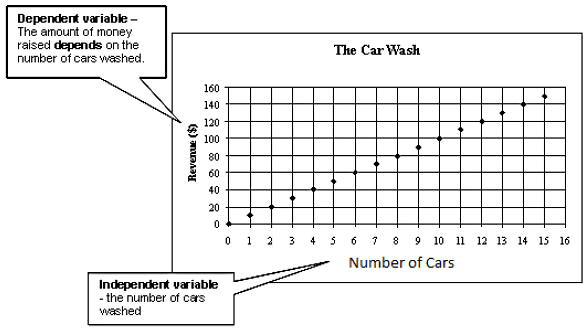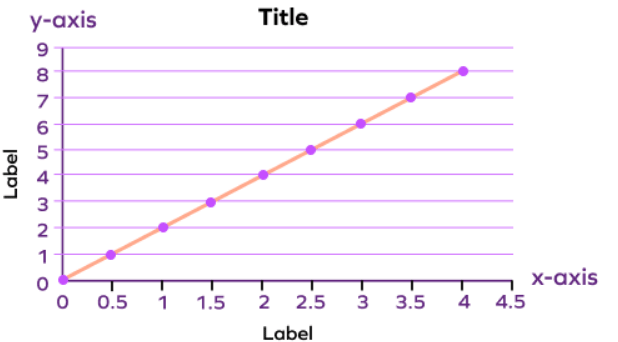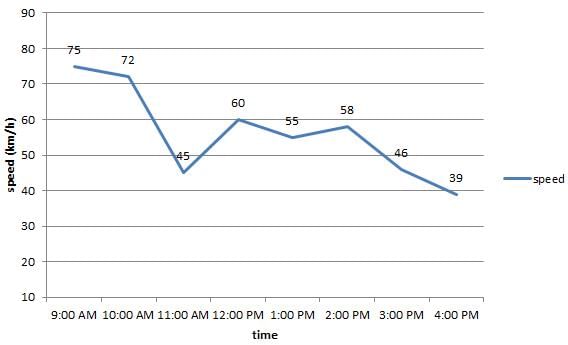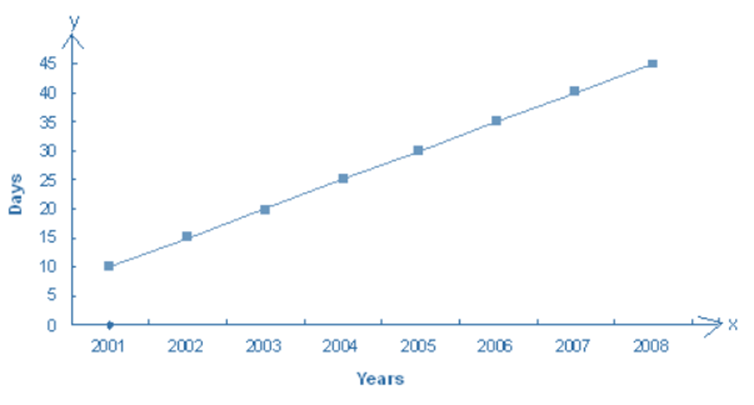Points to Remember- Introduction to Graphs | Mathematics (Maths) Class 8 PDF Download
Points to Remember
- Pictorial and graphical representation are easier to understand.
- A line graph displays data that change continuously over periods of time.
- "Linear graph" refers to a line graph that consists of an unbroken line.
- To fix a point on the graph paper, we require both the x-coordinate and the y-coordinate.
- The horizontal line of the axes is called the x-axis (x-coordinate)and the vertical line is called the y-axis (y-coordinate).
The Relationship between the Independent and Dependent Variable

We Know That
- The purpose of drawing a graph is to show numerical values in the usual form so they can be understood quickly, easily and clearly.
- We also know that a bar graph is used to show a comparison among categories.
- A bar graph may consists of two or more parallel horizontal or vertical bars of equal width.
- A pie-graph is used to compare various parts of a whole using a circle.
- A histogram is a bar-graph that shows data in intervals. It has adjacent bars over the intervals as shown below.
- A line-graph is called a linear-graph and it displays data that changes continuously over periods of time.
 Linear Graph
Linear Graph
Solved Example:
Q 1. From the given line graph answer the following questions

What was the speed of the car at 1:00 PM?
Find the difference in the speed of the car for the time 10 AM and 11 AM?
What are the maximum and the minimum speed of the car?
Ans: From the line graph,
The speed of the car is 55 km/h.
The difference in speed of the car = (72 − 45) km/h = 27 km/h.
The maximum speed = 75 km/h and the minimum speed = 39 km/h.
Q 2. Use the table below to draw a linear graphs
The number of days a city received a rainfall in different years
YEAR | 2001 | 2002 | 2003 | 2004 | 2005 | 2006 | 2007 | 2008 |
DAYS | 10 | 15 | 20 | 25 | 30 | 35 | 40 | 45 |
Ans : 
|
81 videos|423 docs|31 tests
|
FAQs on Points to Remember- Introduction to Graphs - Mathematics (Maths) Class 8
| 1. What is a graph in mathematics? |  |
| 2. What are the different types of graphs? |  |
| 3. How do you read a graph effectively? |  |
| 4. Why are graphs important in data analysis? |  |
| 5. What are some common mistakes to avoid when creating graphs? |  |
















